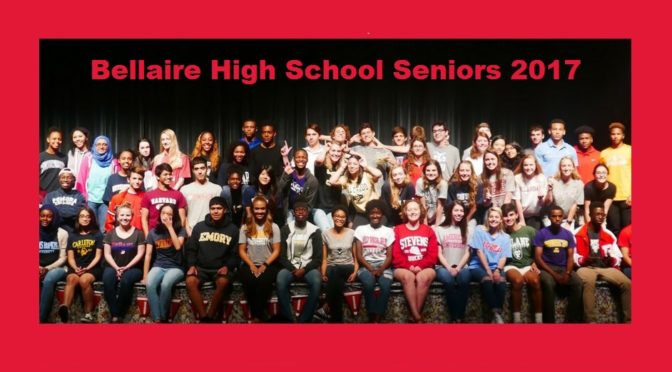If you live in or frequently visit the city of Houston, then the term “diversity” is surely nothing new. A stop in virtually any of the city’s major stores, malls or public spaces will quickly reveal a racial/ ethnic mosaic. Even when Houstonians are segmented in an area of town dominated by one persuasion, they are never too far from others. This is just the lived experience of those in the city of Houston, Harris County or Fort Bend County.
But to others across the United States, Houston’s Diversity remains something of a secret. Shrouded by poor representation by our state government, and a disengaged Texas electorate, it’s easy to see why the Houston story is so difficult to grasp for outsiders. Luckily, jounalists like Brittny Mexia and Gary Coronado of the Los Angeles Times decided to give it a try…
Houston boomed through the mid-20th century, thanks to the oil bonanza, and most of those who came to get rich were white. Large numbers of Vietnamese refugees began arriving in the 1970s, and after an oil collapse in 1982, they were followed by an influx of Latinos driven by cheap housing and employment opportunities. Whites, meanwhile, started drifting out.
The multi-ethnic boom has occurred deep in the heart of a state that has often seemed to regard conservatism, and Texas identity, as an element of religion.
The state’s Republican leadership has helped lead the fight this year not only on sanctuary cities, but to defend President Trump’s order on border security and immigration enforcement. Texas went to court in 2015 to successfully block expanded deportation protections for young “Dreamers” and their parents who brought them here illegally.
Yet demographic experts say the Houston metro area, home to the third-largest population of undocumented immigrants in the country — behind New York and Los Angeles — is a roadmap to what U.S. cities will look like in the coming decades as whites learn to live as minorities in the American heartland.
Census projections have opened a window into the America of 2050, “and it’s Houston today,” said Stephen Klineberg, a sociology professor at Rice University.
“This biracial Southern city dominated by white men throughout all of its history has become, by many measures, the single most ethnically diverse major metropolitan area in the country,” Klineberg said. “Who knew Houston would turn out to be at the forefront of what’s happening across all of America?”
If there’s anyone in the country that knew, it’s Dr. Klineberg, as his Houston Area Survey has meticulously tracked these changes for over 35 years. The strength of Houston’s diversity has also produced real results in other areas. As ranked by Expert Market, Houston is currently the Best City for Minority Entrepreneurs in the United States. The rapid ascent of educational institutions like the University of Houston and Texas Southern University has been fueled by the region’s minority population growth.
But the demographics are only a small part of the story. Even as the area swells with new energy, those folks are not being accurately reflected in state and local government. Though the 2016 elections saw an increase in overall voter participation and the minority vote, there’s little guarantee of those results being a trend. So even if Houston looks like a city of the future, many more aspects of the area’s way of life are rooted firmly in the past. Until these minority communities discover the true political power which they hold, they will continue to be underserved, underrepresented and under-appreciated.
As more of America looks to places like Houston to chart a successful path forward, let’s hope they see not only an example of how a big diverse community can live together, but how everyone in those communities can have opportunities for success.
